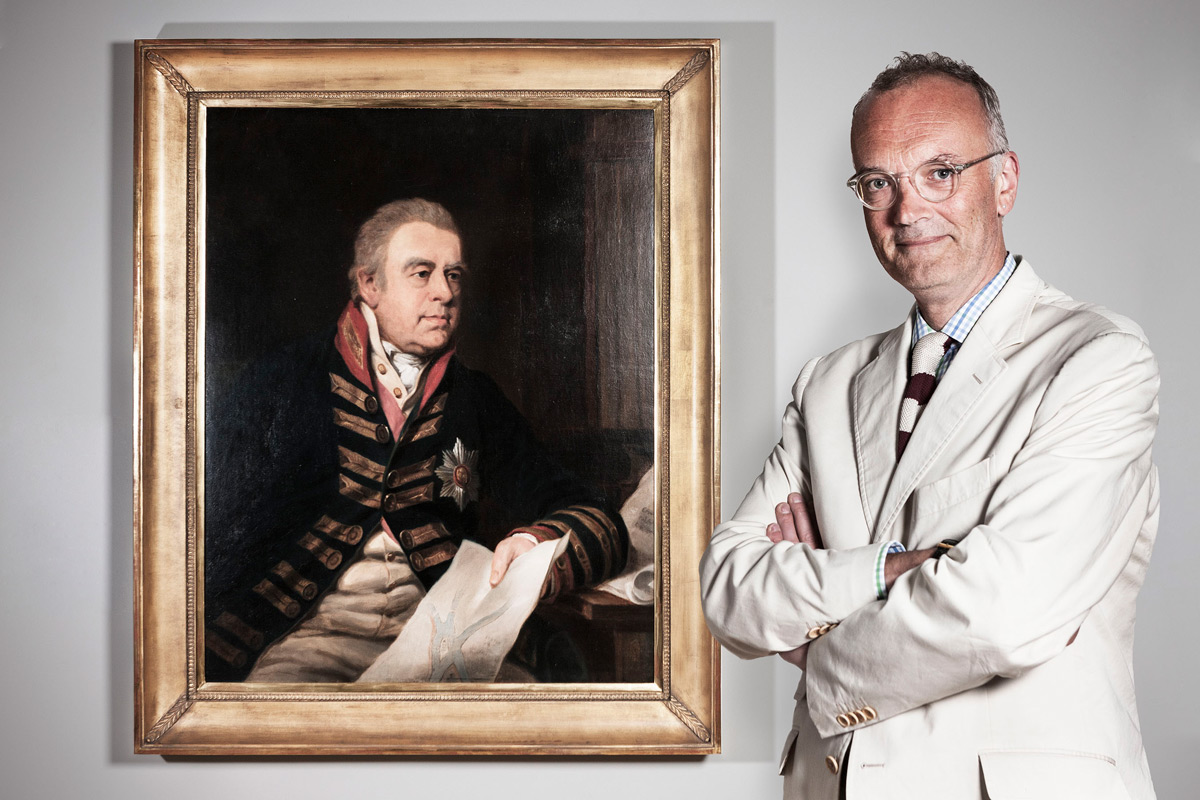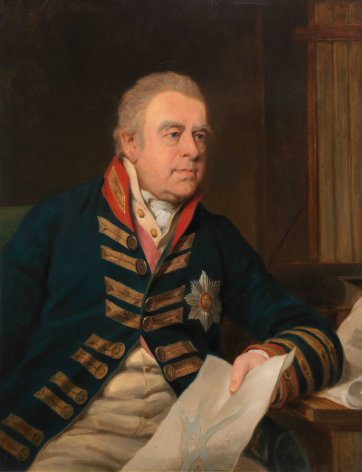Portraits can render honour to remarkable men and women, but there are other ways. Carl Linnaeus described the genus banksia in 1782, using specimens gathered twelve years earlier by Sir Joseph Banks in the vicinity of Botany Bay. The name was an obvious choice. The genus grevillea was also first described with reference to specimens gathered by Banks at Botany Bay, so in 1810, recognizing their obvious kinship and affinities, being members of the family of Proteaceae, the Scottish botanist Robert Brown named grevillea after Banks’s friend and fellow botanist Charles Francis Greville. For Brown this was simply a matter of logic.
Greville was the equivalent of deputy chief whip in the unreformed House of Commons, and, in his spare time, an avid collector of exotic plants. His friendship with Banks was forged in the Royal Society and the Society of Dilettanti. Greville was also the lover of Emma Hart, who went on to conquer Greville’s friend Sir William Hamilton, and, of course, subsequently Lord Nelson.
These thoughts crowded in last weekend during an early morning visit to the Australian National Botanic Gardens here in Canberra, where numerous exquisite species of banksia and grevillea may be seen to advantage. Naturally portraits tell us a great deal more about the lives of great men and women than the fragrance of a flowering plant. Yet in many ways these too stand in loco, murmuring occluded verses in our nation’s history.















